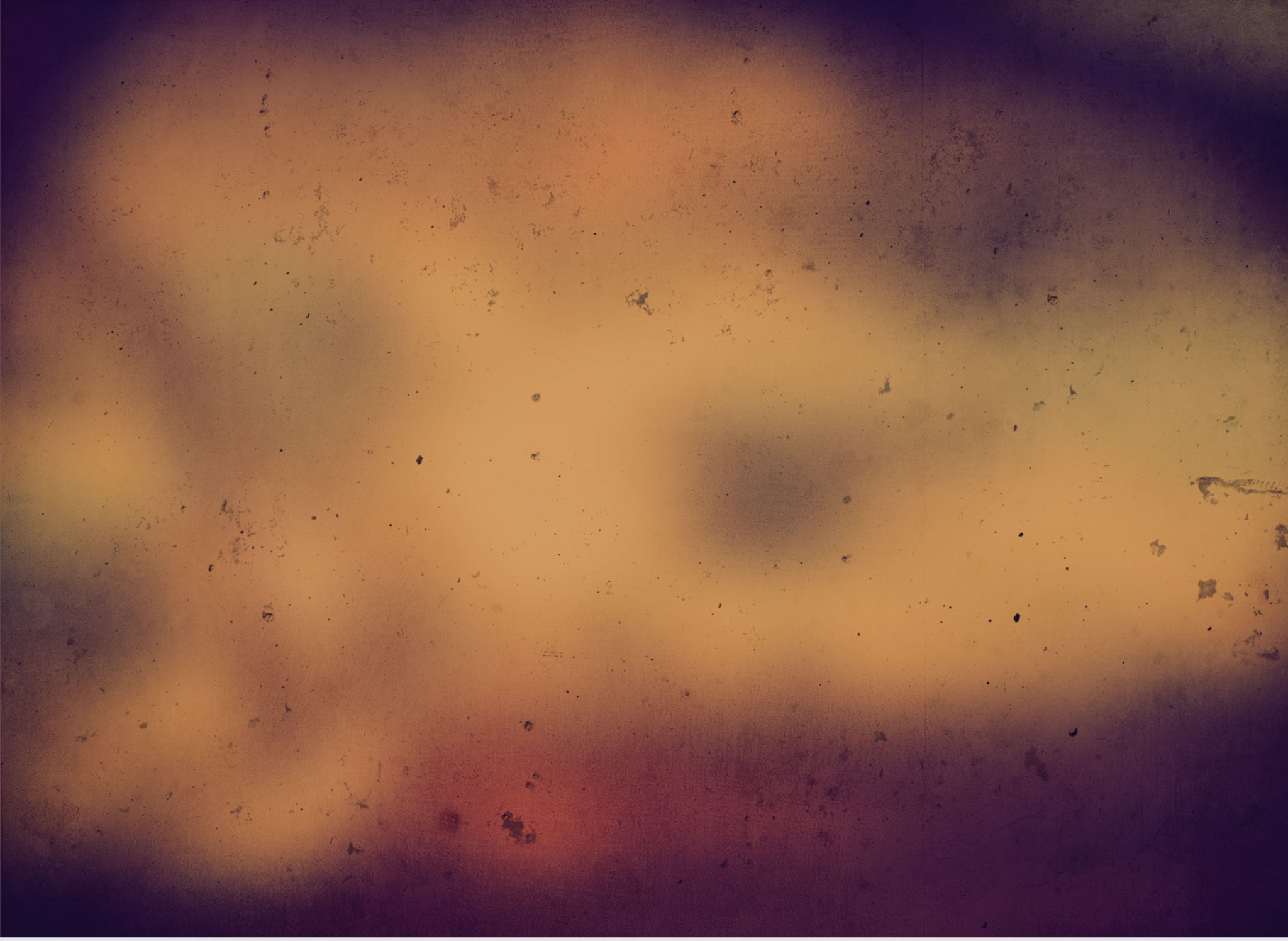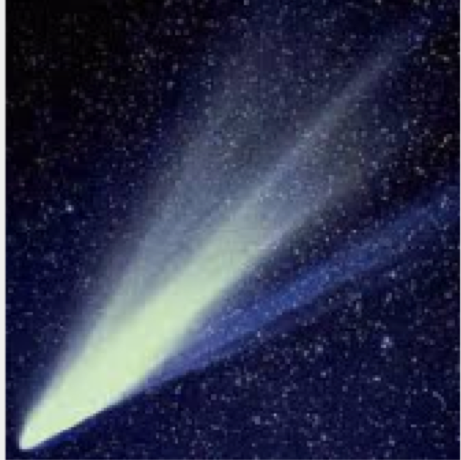Sign up for FlowVella
Sign up with FacebookAlready have an account? Sign in now
By registering you are agreeing to our
Terms of Service
Loading Flow


Comets
A comet is a very small solar system body made mostly of ices mixed with smaller amounts of dust and rock. Most comets are no larger than a few kilometres across. The main body of the comet is called the nucleus, and it can contain water, methane, nitrogen and other ices.
When a comet is heated by the Sun, its ices begin to sublimate (similar to the way dry ice “fizzes” when you leave it in sunlight). The mixture of ice crystals and dust blows away from the comet nucleus in the solar wind, creating a pair of tails. The dust tail is what we normally see when we view comets from Earth.
A plasma tail also forms when molecules of gas are “excited” by interaction with the solar wind. The plasma tail is not normally seen with the naked eye, but can be imaged. Comets normally orbit the Sun, and have their origins in the Oort Cloud and Kuiper Belt regions of the outer solar system.
